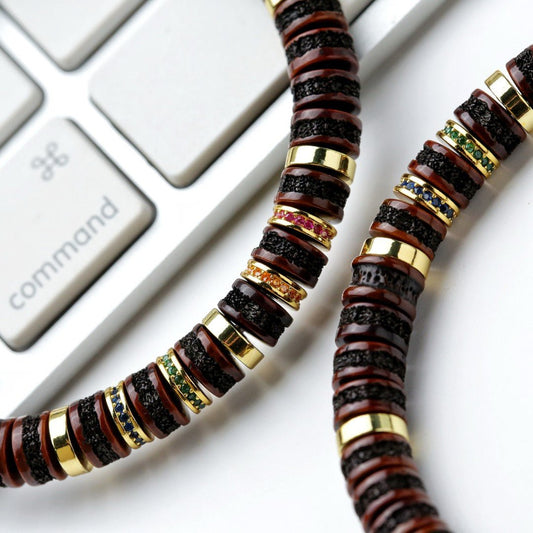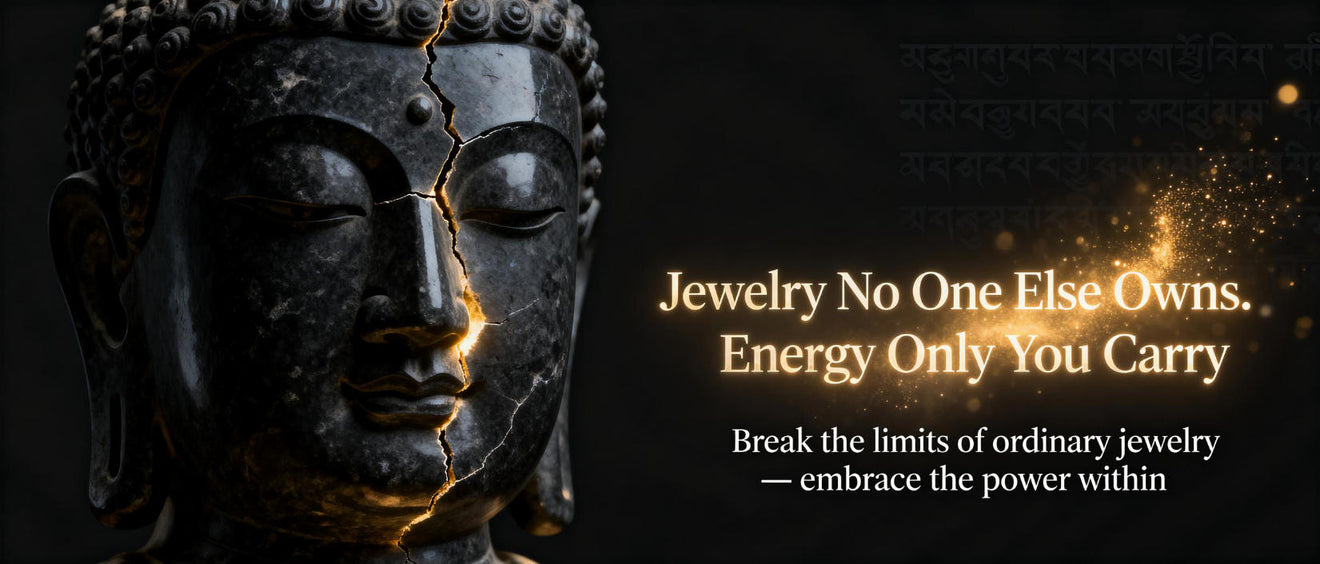
Amidst the complex pattern within Himalayan sacred teachings appear two valuable masterpieces: the artistic thangka and spiritual bodhi gem. Every one, in its special manner, acts as a gateway for transcendental understanding. The thangka, a detailed mural, displays revered icons, sacred graphics, or ancient stories, offering meditation guidance.
Conversely, the bodhi bead, often crafted from fine gems, wood, pips, or skeletal fragments, is a tangible reminder of Buddha's nirvana under the bodhi tree. Holding these beads during prayer or meditation helps to focus the mind.
- Together, the thangka and the bodhi bead symbolize the path to liberation. They offer a tangible link to the age-old knowledge of Tibetan Buddhism.
Stories Told by Camel Skeletons
Spanning bygone centuries, ages-old treasures whisper tales involving a world long elapsed. These are not embellished objects belonging to bygone empires, but unassuming camel bones etched with figures that enclose the hidden truths of a bygone epoch. Every fragment whispers the echo sprung from a life lived, a journey completed, and a connection to the sacred wisdom that encloses us all.
- It
- Elements
- Offer
Exploring the Mystical World of Thangka Art
Tangkas are luminous paintings on canvas, meticulously crafted by Tibetan artists to depict divine figures and scenes from Buddhist philosophy. Each detail within a thangka is laden with symbolism, forming a complex tapestry of visual narratives that guide the viewer on a contemplative journey. The chromatics used in thangkas are not merely aesthetic choices but carry intrinsic connotations, indicating different aspects of the Buddhist tradition. From the serene figures to the intricate motifs, thangkas offer a insight into the rich world of Tibetan Buddhism, inviting us to meditate upon its knowledge.
- Established thangka art often depicts key Buddhist figures such as Buddha Shakyamuni, Bodhisattvas like Avalokiteshvara and Manjushri, and enlightened beings from various movements of Tibetan Buddhism.
- Beyond these representations lies a wealth of wisdom that can be decoded by those who examine the symbolic language of thangkas.
Awakened One's Path to Enlightenment: Embodied in Beads and Bone
Upon the winding route to awakening, the Buddha wielded tokens imbued with profound importance. All bead and component held within them the fundamentals of his philosophy, demonstrating glimpses into the mosaic of reality. By means of their configuration, the Buddha conveyed profound verities that elude the realm of mundane perception.
From the prayer beads, crafted from valuable materials, arose vibrations that synchronized with the nuanced forces within. The structure of a creature, meticulously transformed into insignia, served as tangible indicators of the impermanence native to all forms.
Thangkas: Windows into Himalayan Spirituality
Thangkas glowing paintings on cloth serve as impactful representations of Himalayan spirituality. These intricate works of art, meticulously created with exquisite brushstrokes, depict a vast array of Buddhist deities, mandalas, and scenes from revered scriptures. Each thangka is a contemplative aid for meditation and contemplation, offering knowledge into the refined teachings of Buddhism.
- They are often used in ritual ceremonies as part of
- manifesting states of spiritual insight.
- Thangkas exist not merely decorative artefacts but rather glimpses into the rich and mesmerizing world of Himalayan spiritual traditions.
Bodhi Beads: A Journey Through Mindfulness and Compassion
Each orb on a bodhi bead mala whispers tales of ancient wisdom, guiding us on a odyssey through the tranquil waters of mindfulness. As we hold these intricately created beads, our fingers trace the contours of distinct one, anchoring our attention in the present moment. The gentle heft of the beads against our palms serves as a tangible reminder to take in air, fostering a sense of composure.
- Every time bead that passes between our fingers, we develop compassion, extending it first to ourselves and then outward to the world.
- Sacred teachings teaches us that mindfulness is a skill that requires patience and persistence.
Via the rhythmic repetition of mantra or simply the mindful registering of the beads, we unshackle from the relentless chatter of the mind.
The practice applying bodhi beads is a beautiful invitation to re-engage our connection with ourselves and the world around us.
The Power of Intention: Crafting a Camel Bone Bracelet for Spiritual Growth
Purpose functions as an influential power in our lives, shaping our experiences and guiding us towards our foreordained route. When we combine this intention with the primordial insights of crafting a camel bone bracelet, we create a potent synergy that can enhance our spiritual growth.Camel bone holds spiritual depth, representing stamina. Its natural beauty and vintage attractiveness serve as a constant reminder of the fundamental dynamic within each of us.As we carefully select each bone, infuse our intentions into the bracelet. With every knot or stitch, we incorporate our hopes, dreams, and aspirations for spiritual evolution. This act of creation becomes a mindful activity, uniting us with our inner wisdom and guiding us on a quest for enlightenment.- Observe how the shade and grain complement your purpose.
- Channel your willpower throughout the weaving process.
- Place it on an altar dedicated to your spiritual practice.
The Enduring Impact of Camel Bone in Buddhism
In the rich tapestry embedded in Buddhist tradition, artifacts often hold profound symbolic meaning. Within these varied objects, camel bone stands out as a exceptional and engaging element. Across history, this material has been incorporated in the crafting for various Buddhist objects, each imbued with specific significances.
- Seen as a symbol of resilience and strength due to the camel's ability to last in harsh environments, camel bone often stands for spiritual fortitude.
- Additionally, the color and texture for camel bone are believed through some to hold auspicious connotations, symbolize purity and serenity.
Therefore, camel bone has become a significant part of Buddhist culture, serving as a tangible bridge to the profound teachings through this ancient faith.
Thangka Compositions: Acts of Holiness
Within the ethereal realm of Tibetan Buddhism, Thangka paintings emerge as sacred portals to enlightenment. These breathtaking works, meticulously crafted by skilled artists known as thangkapa, depict a myriad embracing vibrant deities, celestial beings, and mythical creatures. Each brushstroke fills profound spiritual significance, narrating ancient tales and philosophical notions.
- Showcasing a vast library of Buddhist iconography, Thangkas serve as both devotional objects and instructional tools. Committed practitioners gaze upon these paintings during rituals and meditations, seeking to enhance spiritual wisdom.
- Luxuriously ornamented with intricate details through a plethora of vibrant hues, Thangkas are considered windows into the divine. Every one painting acts as a symbolic representation of the Enlightened One's teachings and the path to liberation.
By way of their powerful imagery and symbolism, Thangka paintings offer a glimpse into the rich sacred traditions of Tibet. They are a testament to the enduring grace of Tibetan art and its profound ability to empower.
Embracing the Duality: Thangkas and the Cycle of Life and Death
Thangkas, radiant pictorial scrolls from Tibetan culture, embody a meaningful examination of life’s transience. Each intricate depiction depicts deities and beings engaged in the evolving venture of life and death, a mosaic of birth, growth, impermanence, and revival. The artists skillfully intertwine these concepts within the thangka's sphere, highlighting the relation of all things. Through vivid symbols, they invite us to ponder on our own life. The cycle returns, a pattern of coming and going, stressing the preciousness of each moment. By embracing this duality, Thangka thangkas teach us to cherish the beauty in both life's joys and sorrows.Chains of Spirituality: The Significance of Bracelets in Buddhist Practice
In the intricate tapestry of Buddhist practice, seemingly minimalist objects often hold profound meaning. Among these are bracelets, which serve as tangible symbols of devotion and commitment to the journey of Buddha. Worn on the wrist, a bracelet operates as a constant reminder of one's aspirations and desires. It can indicate the impermanence of life, inducing practitioners to remain grounded in the present moment. Some bracelets may feature sacred inscriptions, such as mantras or the names of Buddhas, which are perceived to bring forth positive energy and preservation. Others may be made from materials with spiritual significance, like sandalwood or lotus seeds, adding the bracelet's influence. Ultimately, the significance of a Buddhist bracelet resides far beyond its physical form. It becomes a powerful tool for contemplation, a catalyst to live in harmony with the teachings of Buddha, and a source of one's unwavering belief.